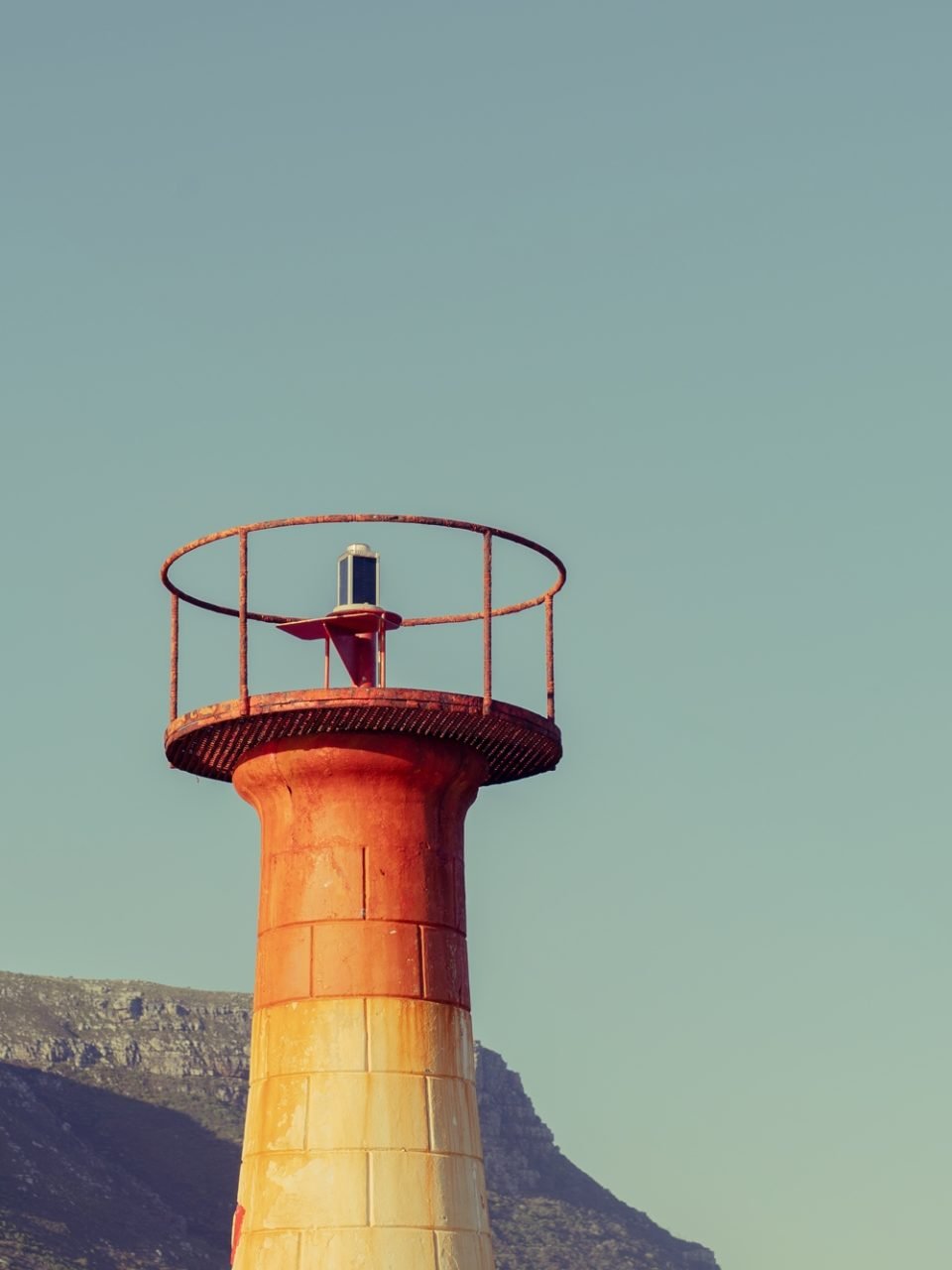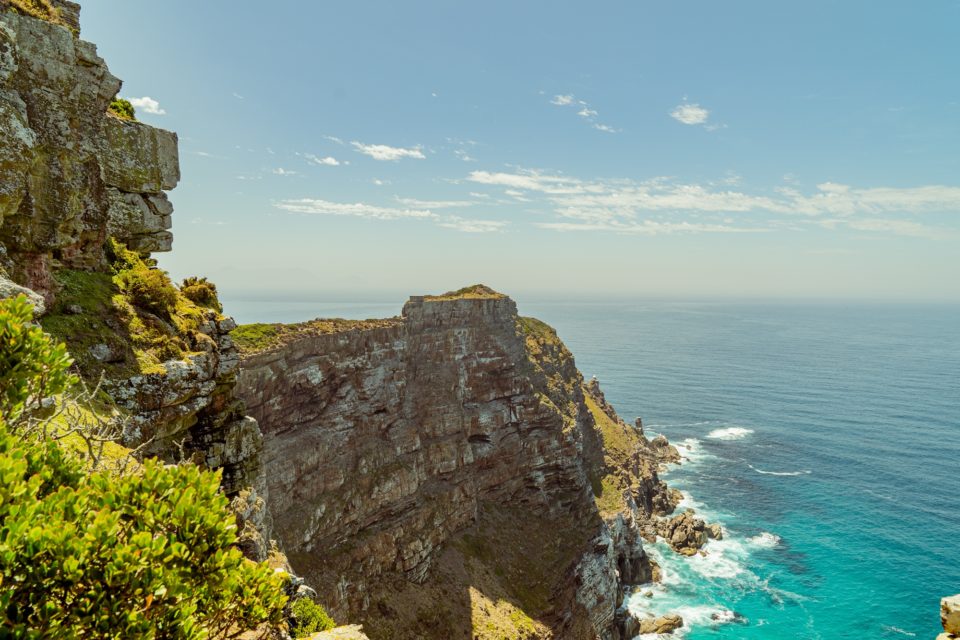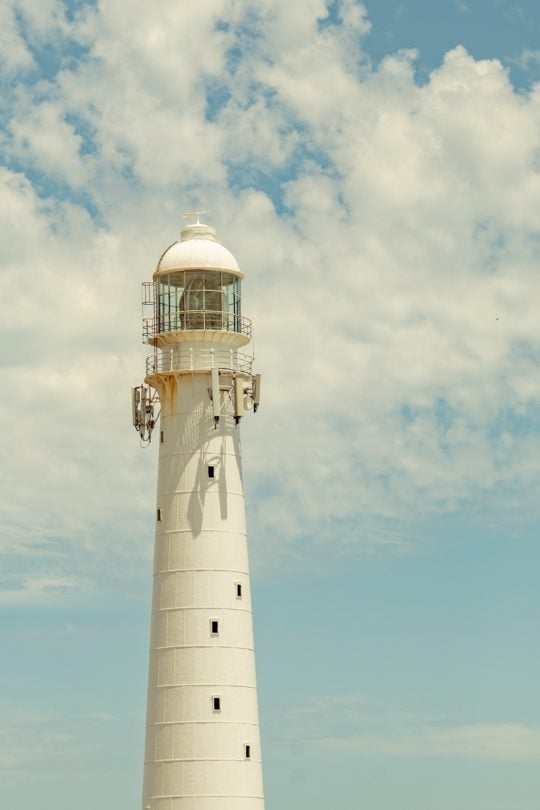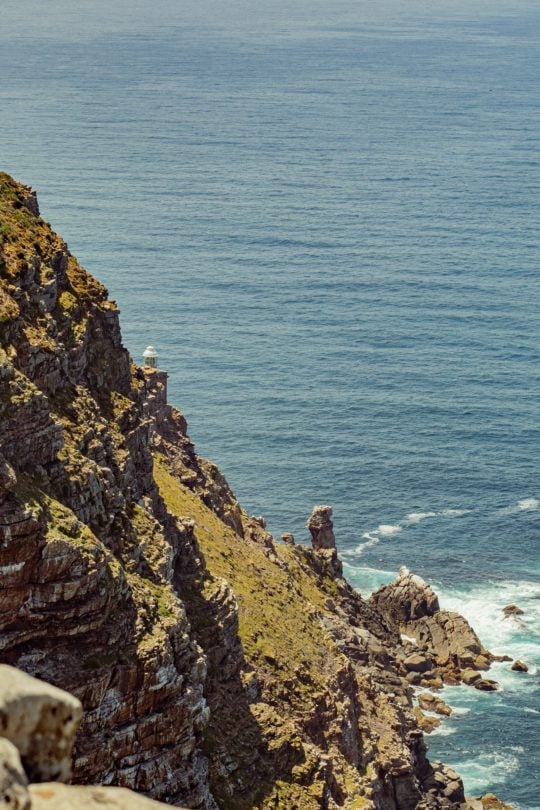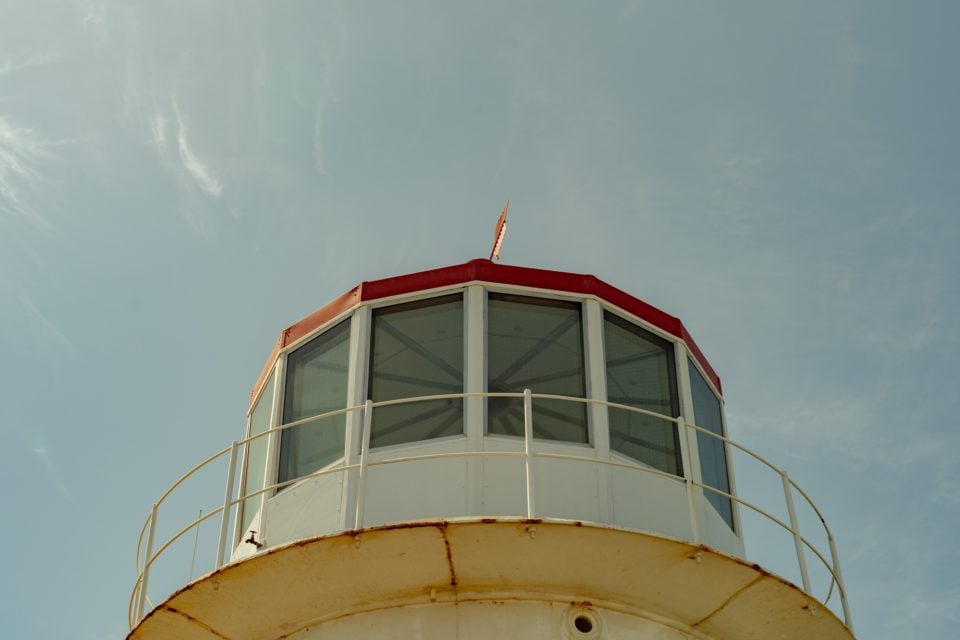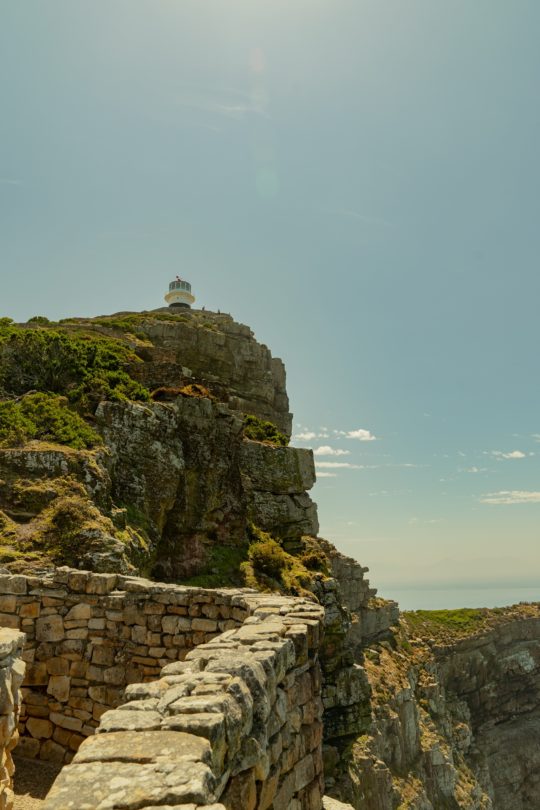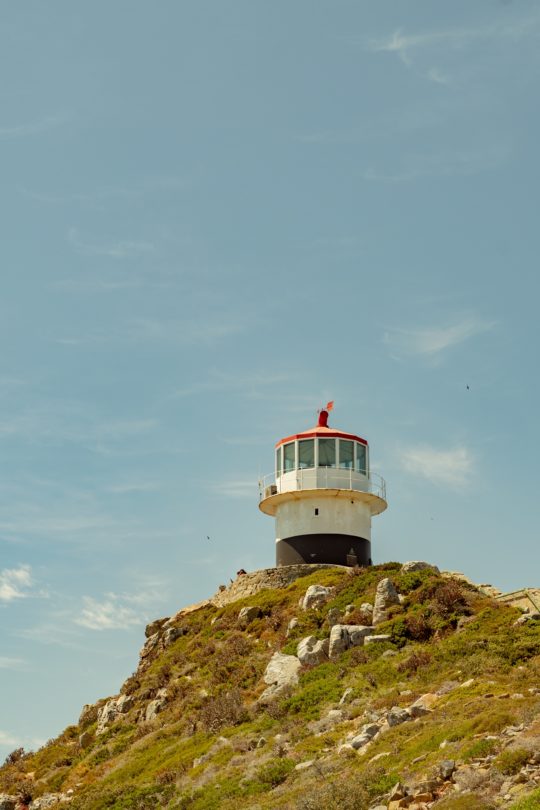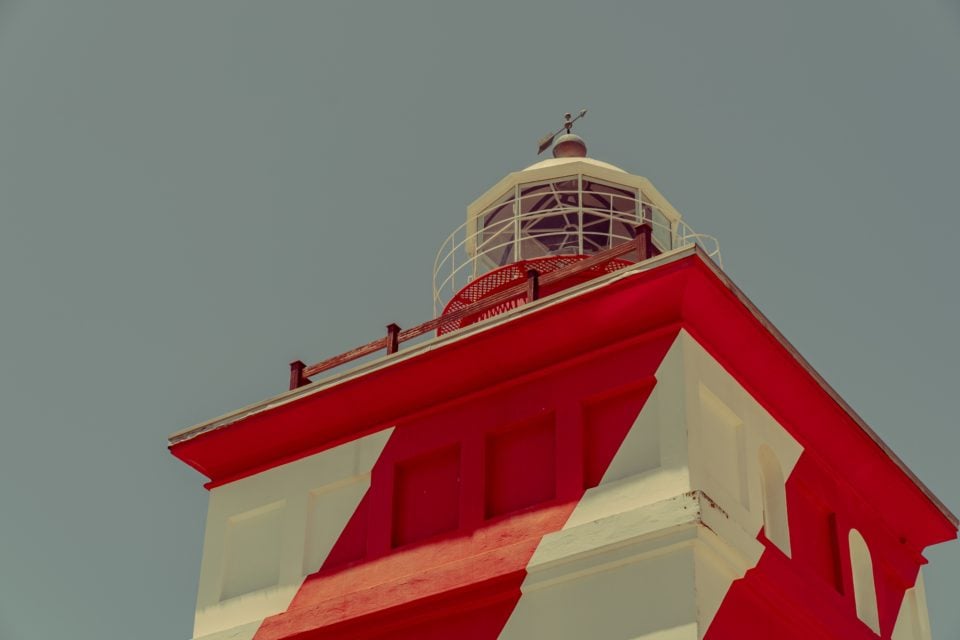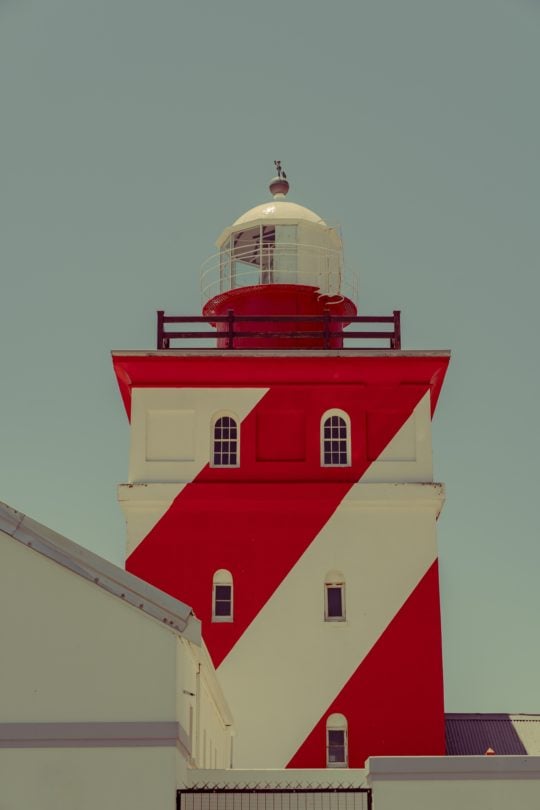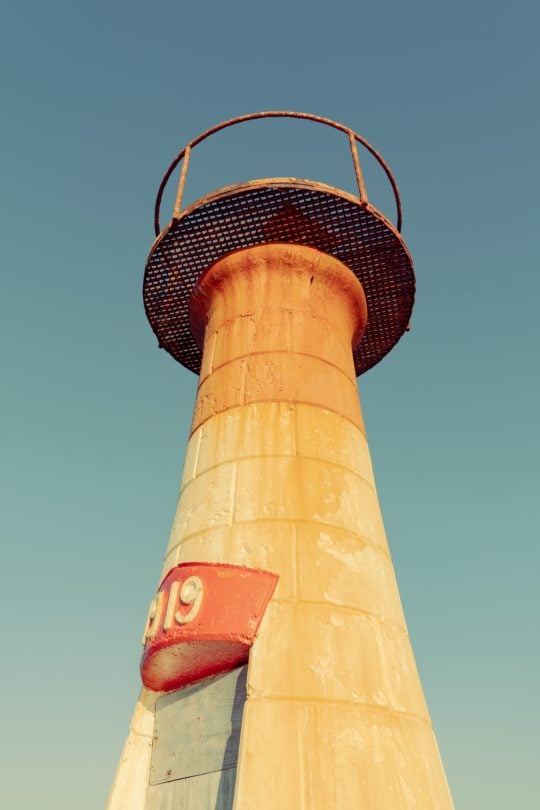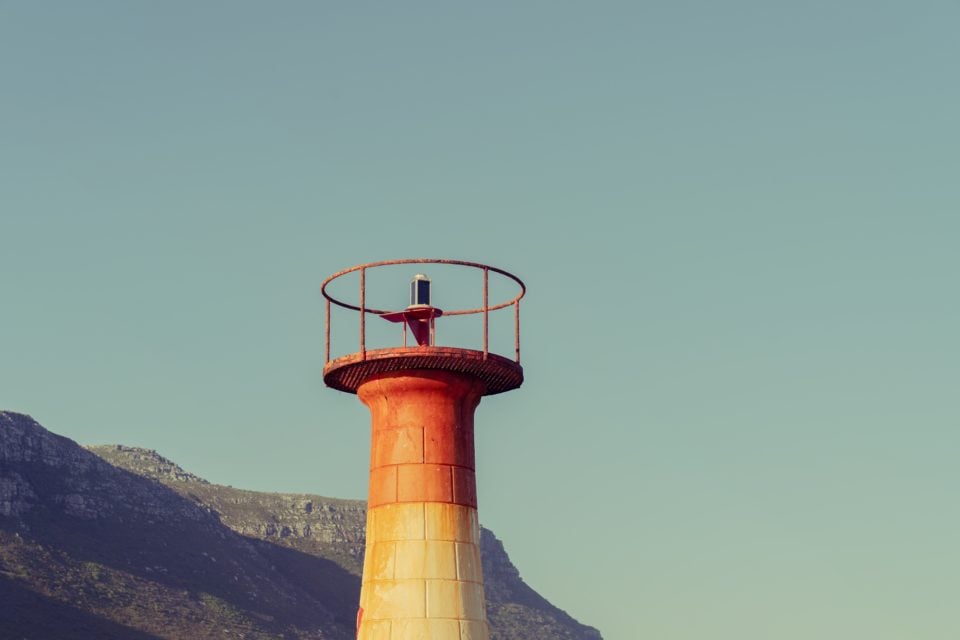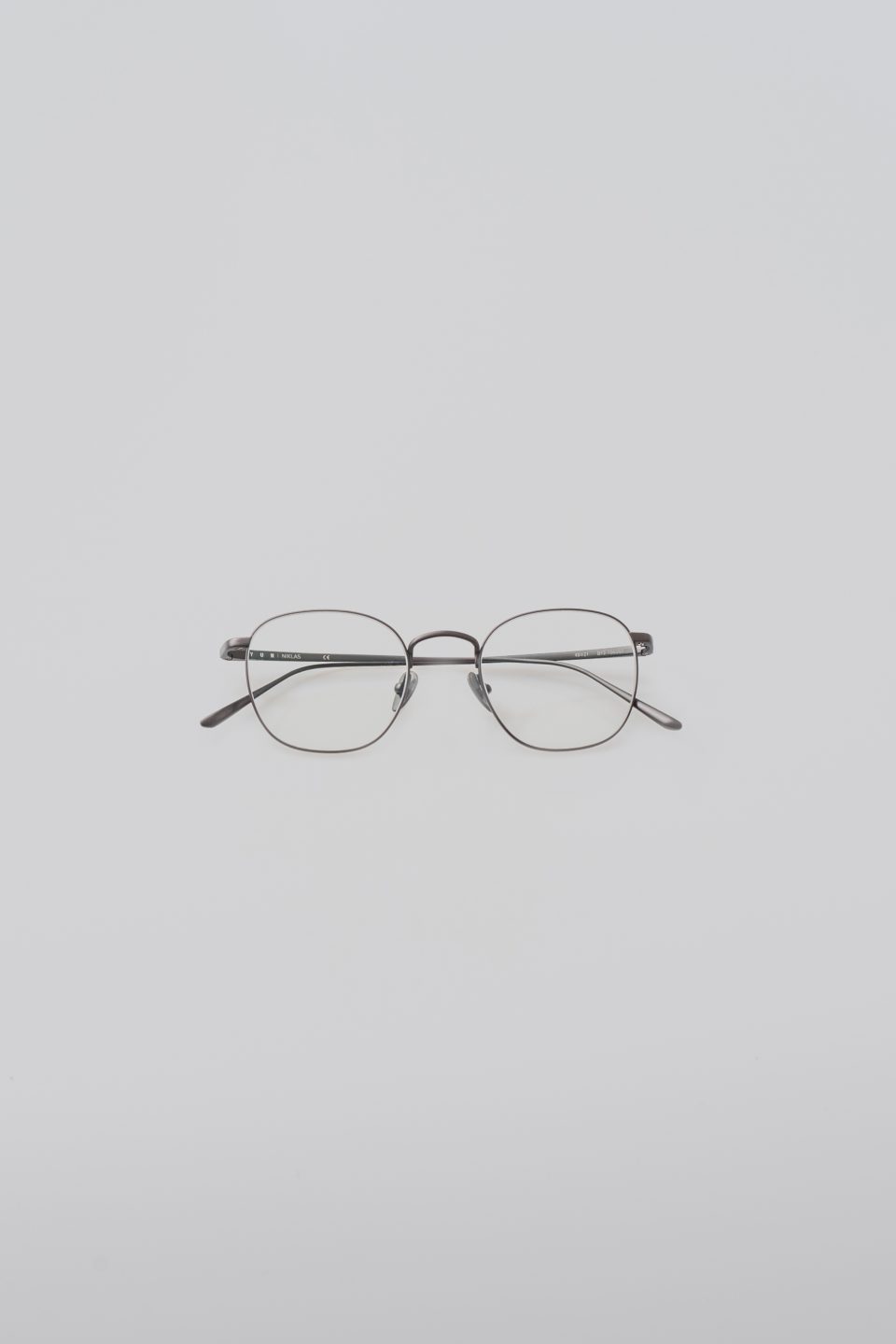BECKONING BEACONS. A LIGHT ON HERITAGE THROUGH LIGHTHOUSES
Lighthouses - a beacon of our cultural heritage.
A breeze dances across the morning air, while the sun beams down with a promise of a hot day in Cape Point.
A precipitous trail winds through dense vegetation towards an old lighthouse, perched high on the rocky peninsula, jutting out to the Atlantic. Its tin roof frames the top like a bright red beanie, adding an amiable appearance to the tower that dates back to 1860. Once 2000 candlepower strong, the lighthouse no longer works. It’s been replaced by another lighthouse down below, the white cupola just visible from the lookout point.
Beneath the friendly lighthouse, old cottages stand weathered and worn. When the lighthouse was in operation, they served as fully equipped accommodation, free to use by visitors. These were meant to incentivise visits to Cape Point, to help relieve the loneliness and isolation felt by early lighthouse keepers and their families. Given the location and the nature of the environment, former journeys here were certainly lengthy and infrequent.
One tends to forget that lighthouses used to be manned stations. Beacons lit by men, to serve as signals of safety, of life on land and dangers below to those who’ve been at sea (undoubtedly hungry for company themselves).
Two isolated parties; one at the edge of the earth, the other surrounded by oceans.
More than a beacon, lighthouses are relics of bygone times and new discoveries. Of adventurers seeking to explore uncharted territories and lands beyond. They’re standing monuments; a testimony to architectural and technological advances that have taken place across time.
Until the 18th century, wood fires, coal and candles with concave mirrors, served as lighthouse illuminates. Said to be the oldest lighthouse in recorded history (280 BC), the Pharos of Alexandria was a 140 metre colossus, with a huge open fire on top.
Then came the Argand lamp, revolutionizing lighthouse illumination with its sleeve-shaped wick notably improving airflow, thereby steadying the flame. It became the standard for lighthouse illumination for more than a hundred years, and allowed for the development of optical lenses that could focus and strengthen light intensity. The Fresnel lens (still used today) is lauded as “the invention that saved a million ships”, increasing luminosity by a factor of four.
Around the 1860’s gas replaced oil, when Swedish Nobel Laureate Gustaf Dalén invented a substrate that enabled the safe handling of unstable gas, making it commercially viable. Later, Dalén’s Nobel-winning “sun valve” restricted light function to night times, saving tons of fuel and extending service life to over a year. The technology would prevail for another century, until electric lights became the norm around the sixties.
Even though many are still in use, modern technology like GPS and satellite navigation has replaced lighthouses in helping ships reach shore. Nowadays lighthouses serve as symbolic allegories to their digital newcomers, much like a map now acts as a symbol for the Nav App on digital devices.
Nevertheless, lighthouses remain ever enchanting. With their lollipop stripes, some have that wonderfully “Wes Anderson” vibe to them.
A visit I’d love to add to my bucket list, is the Cordouan Lighthouse in the Nouvelle-Aquitaine region of France. Also known as the “Versailles of the Seas”, it was built at the turn of the 16th century. Heralded as a masterpiece of maritime signalling, it’s become a Unesco world heritage site, alongside the world’s oldest existing lighthouse; The Tower of Hercules in Spain.
As lighthouses once stood to signal the presence of man, they now serve as beacons of our cultural heritage, a testimony to our human perseverance and ingenuity. They might no longer be guiding us through safe passage, but they certainly show us where we’ve been.
Still sources of light and inspiration, they stand to represent masterpieces of our human creative genius.

